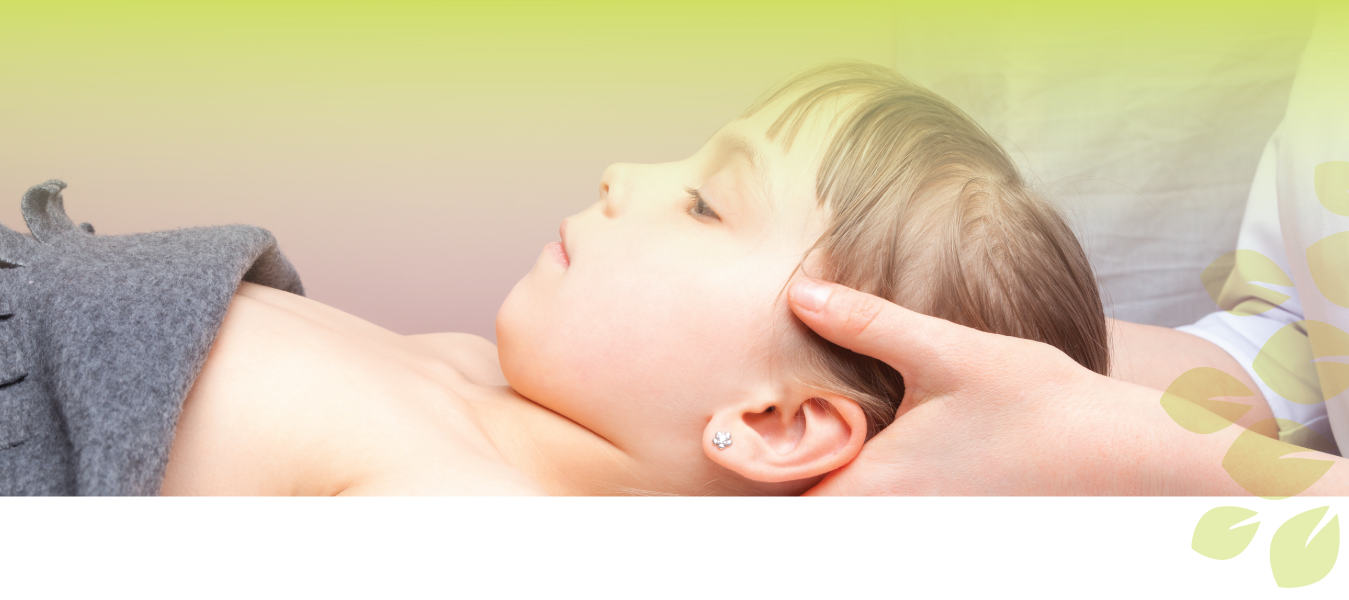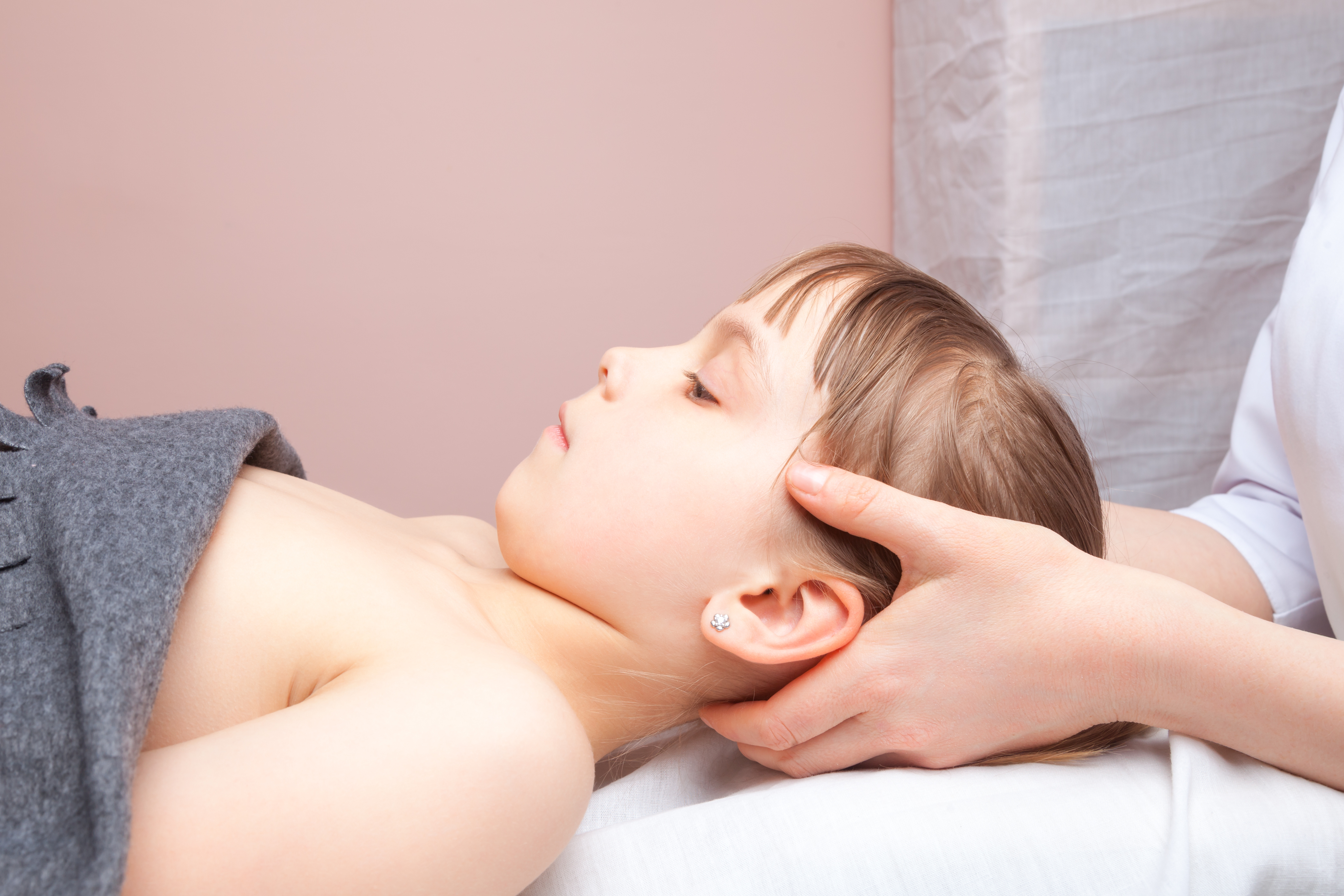
Cranial Osteopathy

Cranial osteopathy (also described as craniosacral therapy) is a specific technique developed by William Sutherland in the 1900’s. In the 1970’s another American osteopath called John Upledger developed his own approach to William Sutherland’s work and began to teach it to non-osteopaths. In order to differentiate his approach from Sutherland’s cranial osteopathy, Upledger named his “new” therapy craniosacral therapy. Upledger began to teach his non-osteopath students a method of treatment following a set routine without the ability to tailor treatment to each individual patient, with only a fraction of the osteopathic training and principles.
The cranial osteopath identifies areas of dysfunction in the body that is affected by past events, such as old accidents and injuries. The body has learned to compensate for a traumatic event and/or injury and the patient may feel something is wrong but unaware specifically what is wrong, but the effect may still be present and relevant current symptoms. Diagnosis and treatment are intimately linked as the osteopath works to activate the body’s ability to heal itself, bring the tissues into a state of balance, and restore it to health.
Osteopaths use two models of treatment.
- Biomechanical model is based firmly on Sutherland’s early work; the biomechanical model focuses on resolving tissue restrictions and tension strains throughout the body. In this model, the therapist identifies areas of physical restriction and to resolve them using a variety of highly specific techniques to bring about healing. As a result, this approach tends to be more prescriptive; goal orientated and led by what the therapist feels is the predominant cause of pain.
- Biodynamic model is probably the most common model practiced by cranial osteopaths. This model recognizes that there is an organizing force within the human body. Sutherland called this the “breath of life” and developed ways of utilizing it for therapeutic purposes. The breath of life is the deepest expression of health within us, and expresses itself as rhythmic fluid and tissue movements. Practitioners using this biodynamic model approach focus on the health of the patient and the deeper of the living mechanism to fully express our health within our body.
What does cranial osteopathy feel like?
Cranial osteopathy is a gentle, safe and effective approach to treatment of a wide range of problems in the whole body. Cranial osteopathy treatment appears to be so passive and a common question that is frequently asked is “how do I know that anything is happening”. Observing cranial osteopathic treatment is compared to reading a book, from the outside it appears nothing is happening, but if you are the one reading the book, you are transported into a world of rich colour, structure, depth and emotion. In a cranial treatment, an osteopath is deeply connected to the inner world of the living anatomy and physiology through their hands and recognizing the subtle movements in the body and dysfunctions associated to these subtle movements.


What conditions is cranial osteopathy used for?
In any osteopathic treatment, the whole body is involved and improvements are often noted in many different areas. For example, it is not uncommon for digestive problems to resolve when the spine or pelvis is being treated because of back pain. Cranial osteopathy is used for a wide range of problems in adults, children and babies including
- Constipation
- Irritable bowel syndrome
- Scoliosis
- Migraine headaches
- Disturbed sleep pattern
- Feeding difficulties
- Asthma
- Neck pain
- Sinus infection and sinus pain
- Temporal mandibular syndrome
- Ear problems

